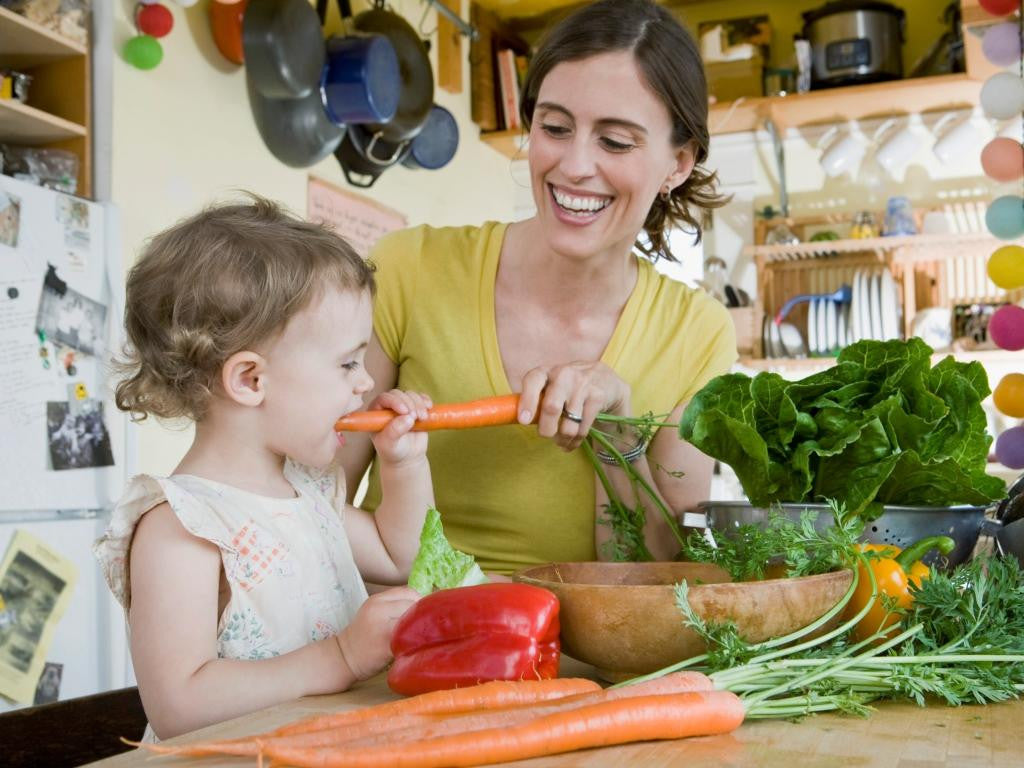
The raw food diet has existed for many years, with a recent trend picking up over the last decade. As a means to get fitter and healthier, eat more fruits and vegetables, have more energy, shed weight, or possibly even reverse some forms of disease, a lot of people turn to the raw food diet for answers. While a raw food meal plan may or may not have these same effects on all of us, it truly is safe to say it’s one of the easiest and healthiest ways to fit more fresh produce into our daily diet.
Getting Familiar with a Raw Food Diet
For anyone who isn’t familiar with the raw food diet, it revolves around the principle that food cannot be eaten if it has been heated above 118 degrees. In a nutshell, no using ovens, microwaves, or cooking food on the stove top. The idea behind a raw food diet is to preserve the “life force” of your food.
Uncooked foods are packed with enzymes and perhaps more nutrients than cooked food making them easier to digest because enzymes help aid in digestion. Unfortunately, this isn’t necessarily the case for all raw foods. However, one thing is for certain: uncooked foods are packed with dense, unprocessed nourishment that each of us can benefit from, even if we do not decide to go 100 percent raw.
A raw food diet can be as simple or as complicated as you want it to be, and there aren't any rules, counting calories, or any other rigid method to follow unless you decide to make it that way. The dishes are usually room temperature soups, smoothies, salads, raw energy bites and bars, raw soaked grain cereals, soaked raw nuts, raw nut milk, and other fancier recipes, for example, uncooked tacos, raw lasagna, even raw cakes and pies.
What to Avoid When on a Raw Food Meal Plan
To get the real raw food diet benefits, there’s no alcohol, animal products, caffeine, and no sugar. The diet helps to alkalize the body with real, whole food nutrients, superfoods that are raw and the freshest good possible. You can of course use elaborate raw food kitchen equipment including dehydrators, a fancy mandoline or a spiralizer, and juicers and blenders, however, as long as you stick to the basics, the fancy equipment is not necessary.
Going 100% Raw May Not Be for Everyone
Bear in mind that even through many people find enhanced digestion and energy with a raw food diet, others will require a balance of raw and cooked foods. Whatever variation of raw works for you, there are several raw food recipes, whether completely raw or cooked. Most recipes will only require a blender, a food processor, and perhaps an excellent chef’s knife, and possibly raw food kitchen equipment like spiralizers and dehydrators. You can view our collection of raw foods here.
